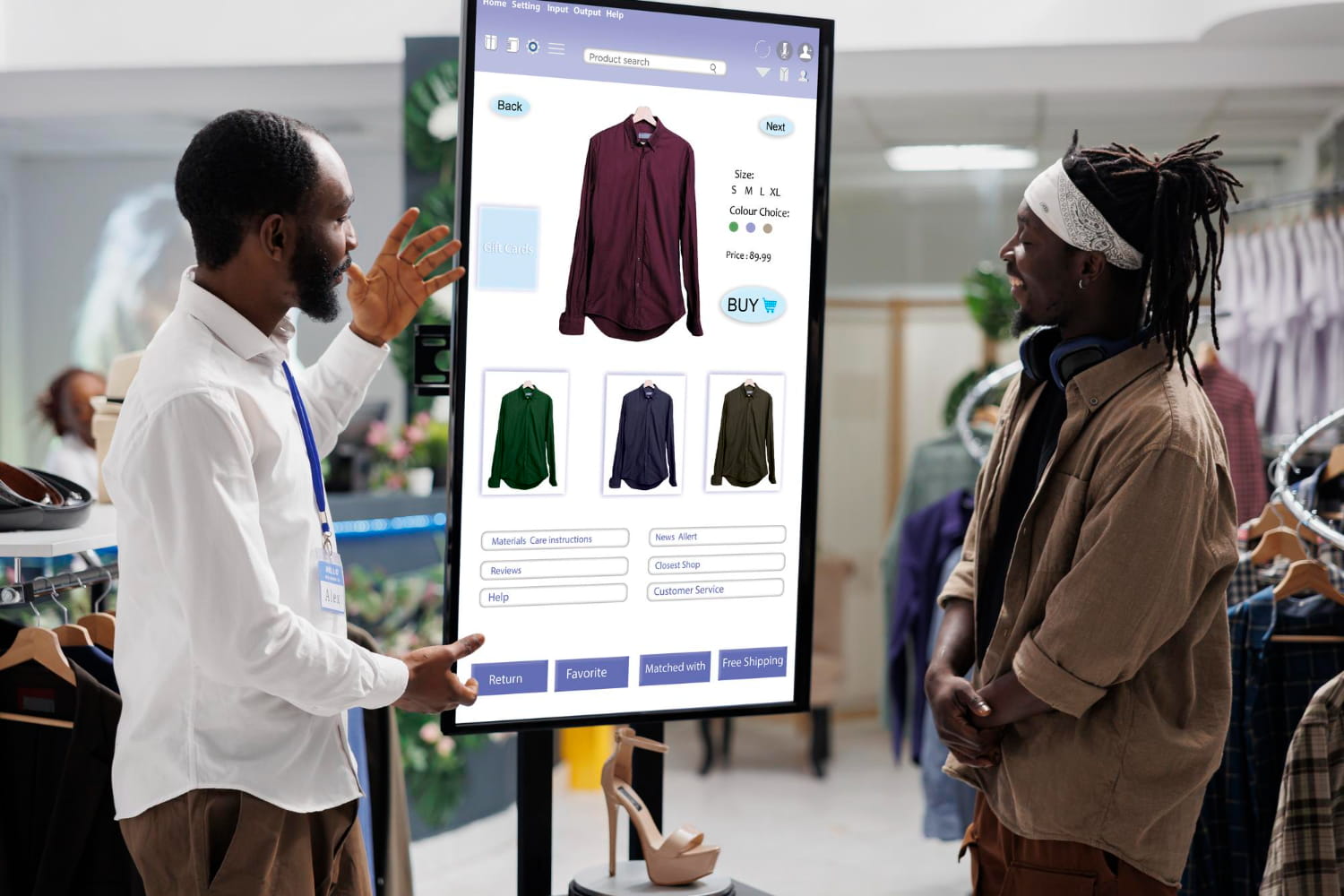In the fast-paced world of modern cities, finding your way around can often be a challenge. For residents and visitors alike, navigating large, complex spaces such as malls, airports, office buildings, and even urban areas can be overwhelming.
However, digital wayfinding in Melbourne is changing all that, offering a smart and efficient solution to these common navigation problems.
What is Digital Wayfinding?
Digital wayfinding refers to the use of digital technology to help people navigate their way through complex environments. In Melbourne, this technology is being incorporated into everything from shopping centres to public transport hubs and corporate buildings.
By using interactive maps, real-time updates, and location-based services, digital wayfinding makes it easier for people to find their destinations, reducing confusion and saving time.
Unlike traditional static signage, which is often outdated or hard to read, digital wayfinding systems are dynamic and responsive. They can provide directions, highlight points of interest, and even give real-time information about traffic or delays.
Benefits of Digital Wayfinding in Melbourne
The rise of digital wayfinding in Melbourne comes with a wide range of benefits, both for individuals and businesses. Here are some of the key advantages:
1. Improved Navigation
One of the main reasons people turn to digital wayfinding systems is for the ease of navigation. These systems provide clear, real-time directions that guide people through large spaces with ease. Whether you’re trying to find the nearest restroom in a shopping mall or navigating the busy Melbourne Airport, digital wayfinding can help you get there quickly and efficiently.
2. Enhanced User Experience
Digital wayfinding offers a more interactive and engaging experience for users. Many systems come with touchscreens, interactive maps, and even the option to search for specific locations or services within the building. This makes the process of finding your way around much more intuitive and enjoyable compared to traditional signs and directories.
3. Real-Time Updates
Another significant advantage of digital wayfinding is its ability to provide real-time updates. For example, in transport hubs like Melbourne’s Southern Cross Station, the digital wayfinding system can display the latest train and bus schedules, alerting users to any delays or service changes. This helps to keep everyone informed and on track, particularly during peak travel times.
4. Customization and Flexibility
Digital wayfinding systems are highly customizable. Depending on the needs of the building or location, these systems can be programmed to display specific information, such as store promotions in shopping centres or alerts for upcoming events in convention halls. This flexibility makes it easy to adapt the system to various environments, offering a tailored experience for each location.
5. Eco-Friendly Solution
Traditional signage can be wasteful, with materials needing to be replaced regularly. Digital wayfinding, however, offers a more sustainable alternative. Since the content can be updated remotely, there is no need to print new signs or throw away outdated ones. This not only saves money but also reduces waste and environmental impact.
The Future of Digital Wayfinding in Melbourne
As Melbourne continues to evolve, digital wayfinding is expected to play a key role in improving the city’s infrastructure. With further advancements in technology such as AI and augmented reality, these systems will become even more interactive, intuitive, and precise.
The future of digital wayfinding in Melbourne looks bright, with endless possibilities for creating smarter, more connected urban spaces.
Conclusion
Digital wayfinding in Melbourne is revolutionising how people navigate large and complex spaces. By offering real-time updates, improving user experience, and providing sustainable solutions, this technology is transforming how we get from point A to point B.

